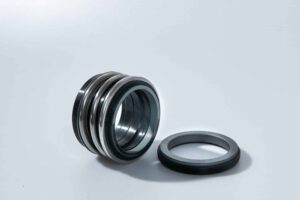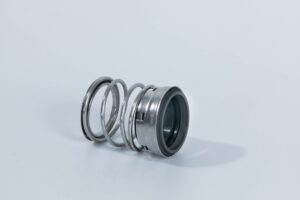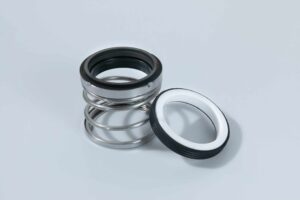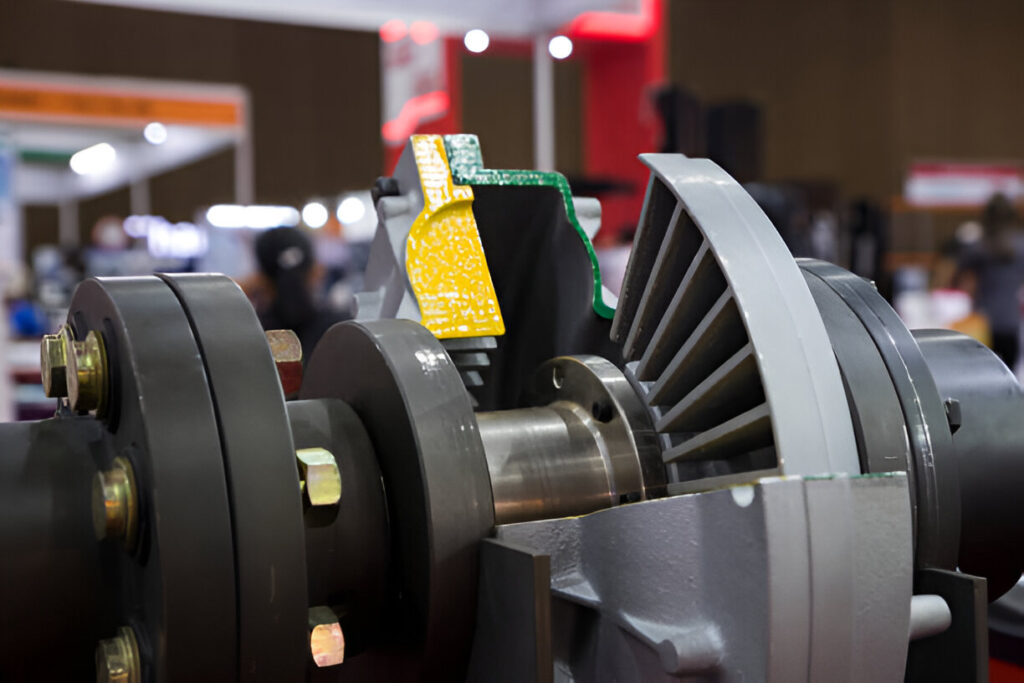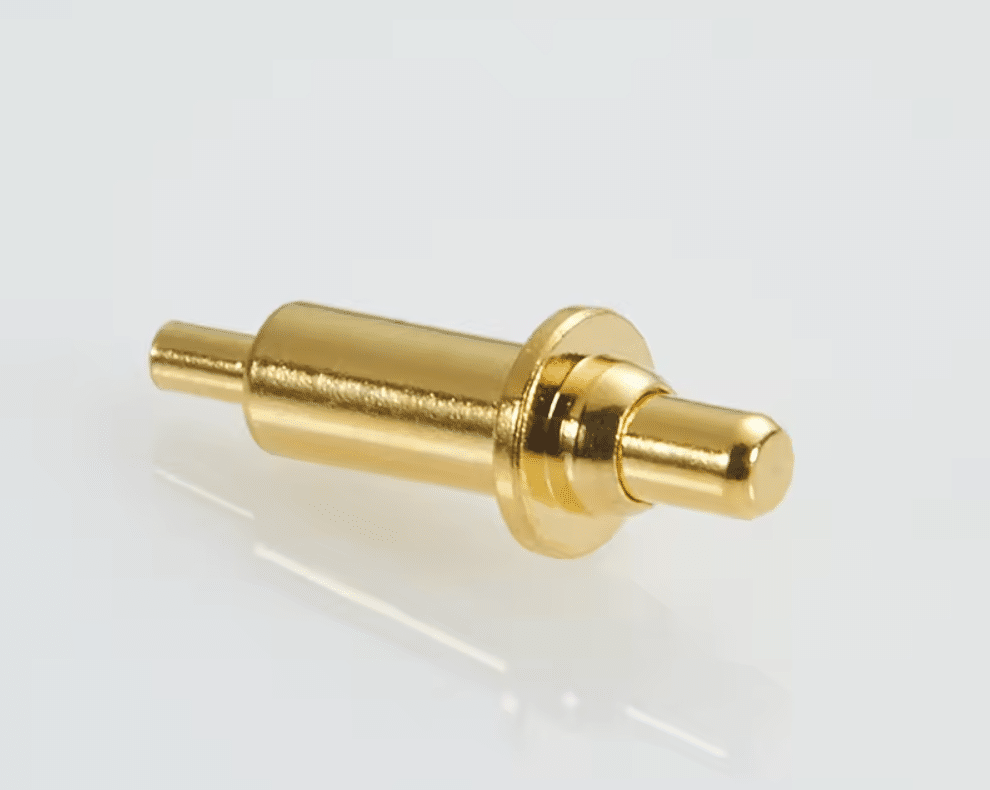Pool pumps are essential for maintaining a clean and healthy swimming pool, but they can also be a significant source of electricity consumption. The amount of electricity a pool pump uses depends on several factors, including the type and size of the pump, daily operating hours, pool size, and local electricity rates.
In this article, we will explore the different types of pool pumps and their electricity consumption, as well as provide a step-by-step guide to calculating your pool pump’s electricity usage and cost.
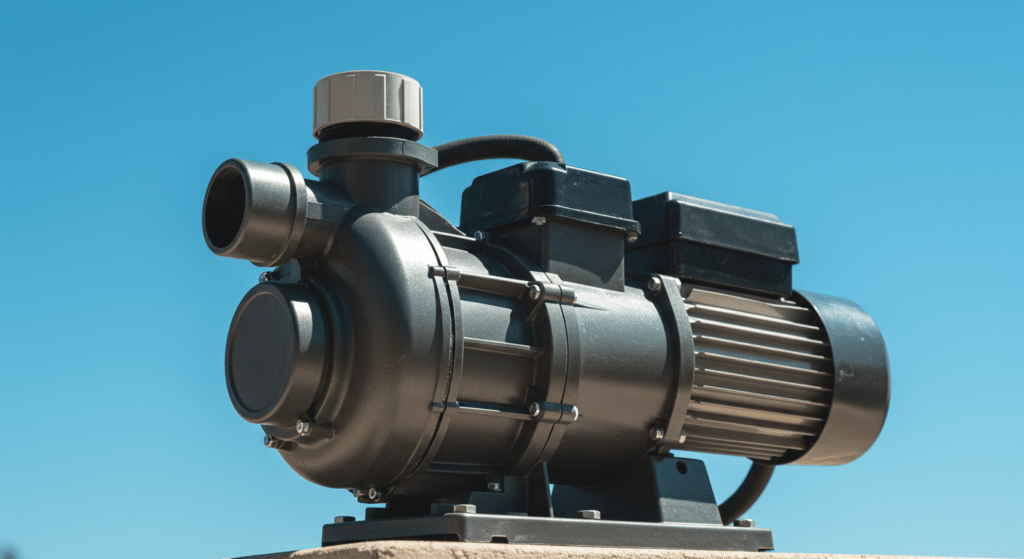
Types of Pool Pumps and Electricity Consumption
Single-Speed Pool Pumps
Standard single-speed pool pumps typically operate within a wattage range of 1,500 to 2,500 watts. For example, a 2,000-watt pump running for 8 hours per day would consume 16,000 watt-hours (2,000 watts x 8 hours), equivalent to 16 kilowatt-hours (kWh) per day. Over the course of a month, this pump would use approximately 480 kWh of electricity (16 kWh/day x 30 days).
Dual-Speed Pool Pumps
The energy consumption of dual-speed pumps varies significantly depending on the speed setting. A 1 HP 230V two-speed motor may draw around 7.0 amps on high speed, consuming between 1,400 to 1,650 watts (1.4-1.65 kWh per hour). On the low-speed setting, the same pump might draw only 2.3 amps, resulting in a power consumption of about 460 to 550 watts (0.46-0.55 kWh per hour).
Variable-Speed Pool Pumps
Variable-speed pumps (VSPs) can consume as much energy as single-speed pumps when operating at maximum speed, but they spend most of their time at lower speeds, significantly reducing energy consumption. An equivalent VSP might use around 300 watts compared to a 2,000-watt single-speed pump, with average operation falling between 50 to 500 watts. Considering an 8-hour daily runtime for a 300-watt VSP, the daily energy consumption would be 2.4 kWh (300 watts x 8 hours / 1,000), leading to a monthly consumption of about 72 kWh (2.4 kWh/day x 30 days).
Comparison of Energy Consumption Across Different Pump Types
| Pump Type | Typical Wattage Range | Estimated Daily kWh (8 hrs) | Estimated Monthly kWh | Estimated Monthly Cost ($0.27/kWh) |
|---|---|---|---|---|
| Single-Speed Pump | 1500-2500W | 12-20 | 360-600 | $97.20-$162.00 |
| Dual-Speed Pump (High Speed) | 1400-1650W | 11.2-13.2 | 336-396 | $90.72-$106.92 |
| Dual-Speed Pump (Low Speed) | 460-550W | 3.7-4.4 | 111-132 | $29.97-$35.64 |
| Variable-Speed Pump (Average Operation) | 300W | 2.4 | 72 | $19.44 |
Calculating Your Pool Pump’s Electricity Consumption and Cost
To calculate your pool pump’s electricity consumption and cost, follow these steps:
- Find the pump’s voltage and amperage ratings printed on the motor’s label.
- Multiply the voltage and amperage to determine the pump’s power consumption in watts (Volts x Amps = Watts).
- Convert watts to kilowatts (kW) by dividing the wattage by 1,000 (Watts / 1,000 = kW).
- Multiply the kW value by the number of hours the pump runs each day to find the daily energy consumption in kilowatt-hours (kWh) (kW x Hours per day = kWh per day).
- Calculate the daily operating cost by multiplying the daily kWh consumption by the cost per kWh stated on your electricity bill (kWh per day x Cost per kWh = Daily cost).
- Multiply the daily cost by the number of days in a month to estimate the monthly operating cost.
Key Factors Influencing Pool Pump Electricity Usage
Several factors impact a pool pump’s electricity consumption:
- Pump Type and Size (Horsepower/Wattage): The pump’s horsepower and wattage directly affect energy consumption. Higher horsepower pumps generally consume more electricity.
- Daily Operating Hours: The longer a pump runs each day, the more electricity it will consume.
- Pool Size and Water Volume: Larger pools require more powerful pumps and longer operating hours to maintain proper circulation and filtration.
- Pump Efficiency and Age: Older, less efficient pumps consume more electricity compared to newer, energy-efficient models.
- Plumbing System Efficiency: Poor plumbing design or clogged filters can increase the pump’s workload and electricity consumption.
- Local Electricity Rates: The cost per kWh varies by region and utility provider, impacting the overall operating cost of the pool pump.
